The “Leonid meteor shower” peaks this coming weekend! In this article we’ll discuss what a meteor shower is, how to view the shooting stars, and when to view them.
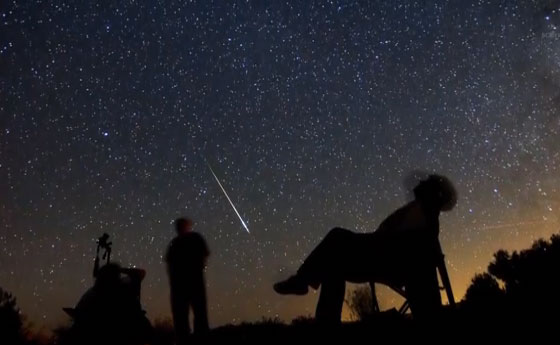
The “Leonid meteor shower” peaks this coming weekend! In this article we’ll discuss what a meteor shower is, how to view the shooting stars, and when to view them.


Name A Star Live offers two types of gifts:
 Shipping Cutoff Time for Keepsake Gifts each business day is 2 PM Central, 3 pm Eastern, 8 pm GMT. All packages are shipped from Houston, Texas, USA. Note that we cannot guarantee delivery time frames.
Shipping Cutoff Time for Keepsake Gifts each business day is 2 PM Central, 3 pm Eastern, 8 pm GMT. All packages are shipped from Houston, Texas, USA. Note that we cannot guarantee delivery time frames.

Alaska: For Alaskan addresses the order deadlines are Dec. 20 for Priority Mail and Dec. 21 for Express Mail.
Hawaii: For Hawaiian addresses the order deadlines are Dec. 15 for Priority Mail and Dec. 20 for Express Mail.
U.S. Military: For most, but not all, U.S. military addresses the order deadlines are Dec. 11 for Priority Mail and Dec. 16 for Express Mail.



For all other destinations, please contact us for order deadlines.
The Orion Meteor Shower peaks the morning of Saturday, October 21, 2017. In this article we’ll discuss what a meteor shower is, how to view the meteor shower, and when to view it.

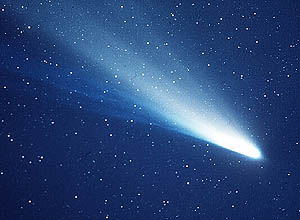
Shooting stars are meteors — small pieces of dust in space that quickly burn up in Earth’s atmosphere. The dust particles for the Orion meteor shower (or “the Orionids” for short) are leftover bits of Halley’s Comet. As the Earth orbits the Sun, every year at about this time we pass through the dust left behind by Halley’s many visits to our neck of the galactic woods.
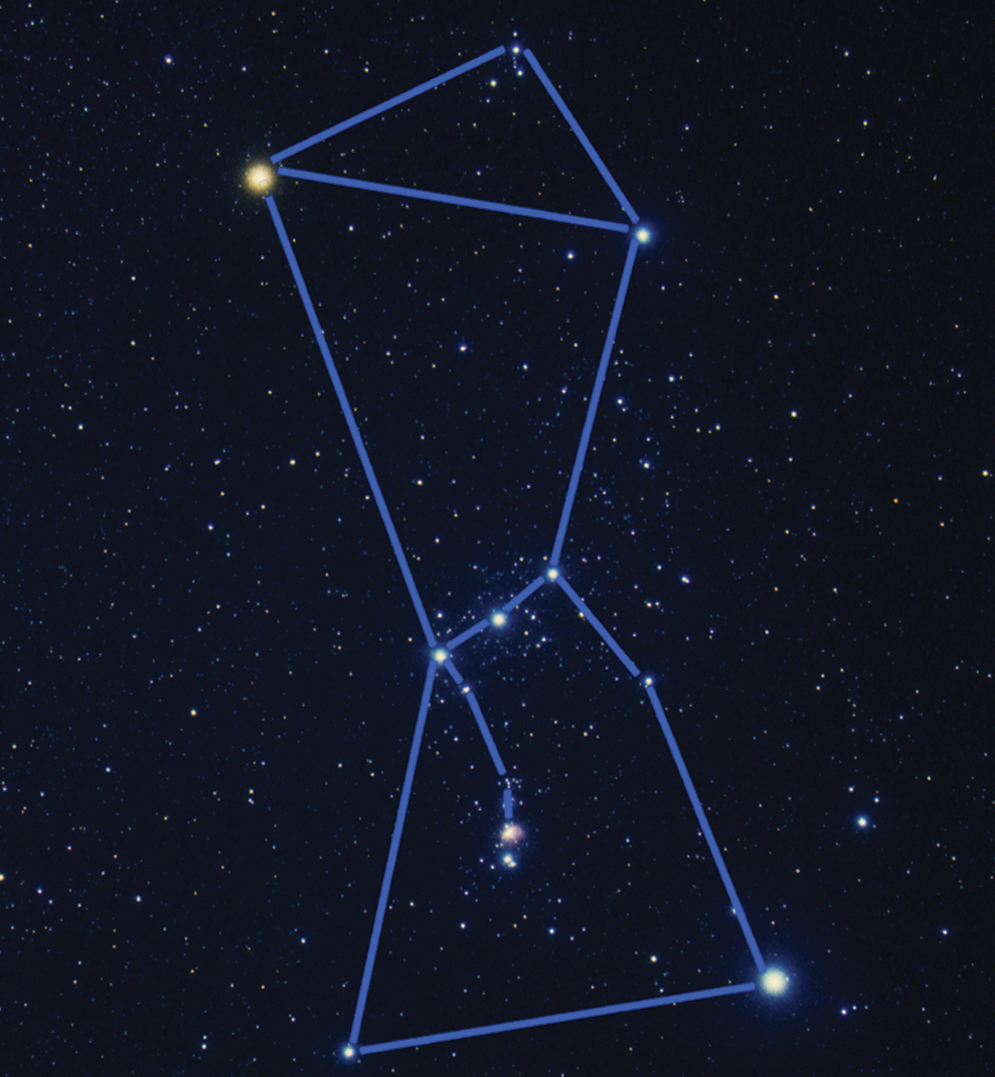
It’s called the “Orionids” because the shooting stars in this meteor shower all appear to fly toward us from the constellation Orion. In classical mythology Orion was a hunter, and is depicted in astronomy as a man wearing a belt of three stars, holding a shield with one arm, and holding a club with his other arm to fight the constellation Taurus (the bull). He’s alternatively depicted as a hunter about shoot an arrow at Taurus.
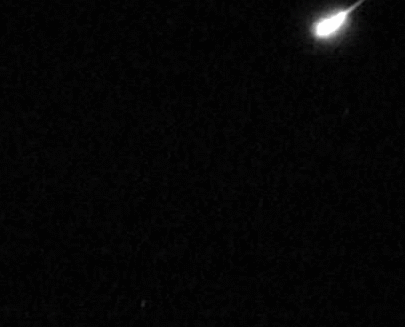
So consider going outside under the night sky with your significant other, and make some wishes upon every shooting star you see! No telescope or binoculars needed: Just bring along a lawn chair or long towel on which to lie down. You might want to bring along some food and drink and, depending on where you live in the world, either some mosquito repellant or warm clothing. Then, just look up.
Under perfect conditions — a clear sky, far from city lights, and viewing just before dawn the morning of October 21 — you might see as many as 20 shooting stars per hour. But you can still see an above average number of shooting stars no matter what time of the night you look. And you should be able to see an above-average number of shooting stars from now through the first week of November.
Clear skies to you!
Fall begins at 4:02 pm in Eastern, 3:02 pm Central, 1:02 am Pacific, 8:02 pm GMT on September 22, 2017. Here in the northern hemisphere this is called “fall equinox.”
“Equinox” means equal night, because the Sun is exactly over the equator, the Earth’s terminator runs exactly from pole to pole, with all parts of earth receiving 12 hours of daylight and 12 of dark… but wait! Look at your newspaper. The time from sunrise to sunset on Sept 23 is actually LONGER than 12 hours, by about 6-7 minutes. Why?
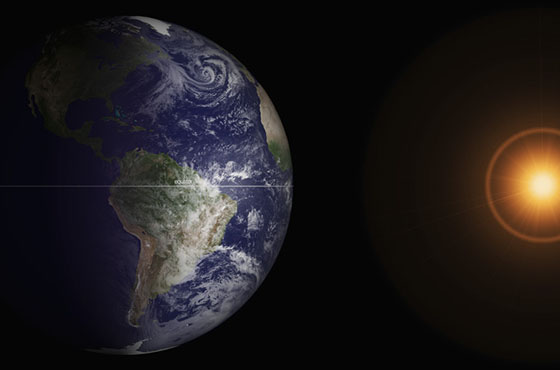
Answer: Actually the answer has two causes. One is the finite size of the sun. Sunrise is defined as the first part of the Sun peeking over the Eastern horizon, and sunset as the last part of the Sun slipping below the western horizon. This is twelve hours PLUS the time that the Sun takes to move its width across the sky. The Sun is a half-degree across and the Earth rotates 15 degrees per hour (360 degrees in 24 hours), so the Earth rotates a half-degree in two minutes. So two minutes of the difference is just from the finite size of the Sun. What is the rest? REFRACTION.
Light refracts when passing through a medium. If the medium is uniform, light just slows down a little. But if the medium is not uniform in density or thickness, the light bends. Since the air is more dense near the Earth’s surface, the light moves more slowly there than in higher elevations, causing the wave front to tip forward, following the curvature of the Earth. So we actually see the sun BEFORE it actually breaks our horizon, and we see it for a few minutes after sunset too.. And that’s the other 5 minutes! The refraction depends on the air temperature, surface temperature, etc, but in general is just larger than the diameter of the Sun – we see all of the Sun before any of the Sun really is above the horizon!
More info: www.weather.gov/cle/Seasons and www.timeanddate.com/calendar/september-equinox.html
Everybody’s talking about it. It’s going to be one of the most spectacular astronomical events in American history! On Monday, August 21, 2017 a total solar eclipse will be visible along a narrow path going across the U.S., from Oregon to South Carolina. But did you know that you can see at least a partial eclipse that day no matter where you live in North America? And, of course, no matter where you live in the world, you can watch it online.
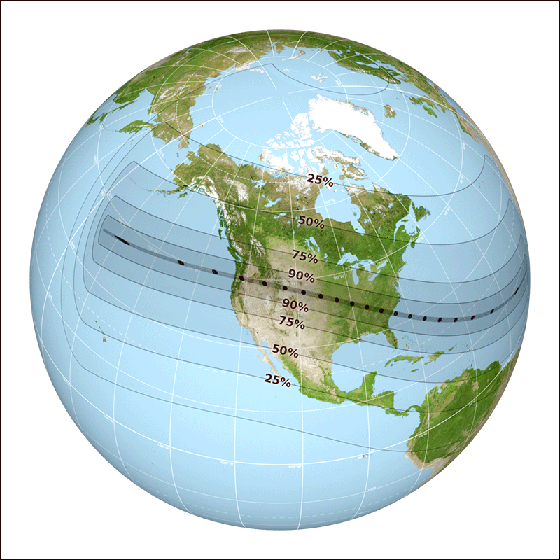
As viewed from land, the total solar eclipse (“totality,” where the Moon completely covers the Sun) begins near Lincoln City, Oregon, at 10:15 a.m. PDT (1:15 p.m. EDT). Totality ends at 2:48 p.m. EDT near Charleston, South Carolina. That roughly 70-mile wide path is represented by the darkest line in the image above. But those above and below the path of totality can see a partial eclipse of the Sun, weather permitting. Continue reading “View the Solar Eclipse anywhere on Monday!”
The famous “Perseid meteor shower” peaks this coming weekend! In this article we’ll discuss what a meteor shower is, the mythology behind the “Perseids,” how to view the shooting stars, and when to view them.

On Sunday, May 7 you can use the Moon to find the planet Jupiter!
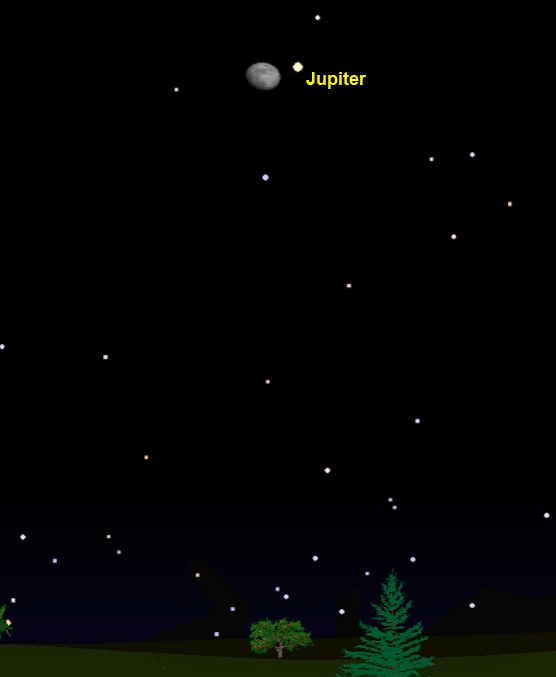
Through a telescope you may see up to four of Jupiter’s largest moons.
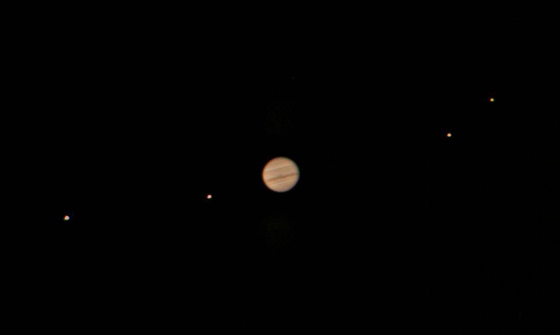
Furthermore, if you have a good telescope, you may make out some of the prominent horizontal cloud bands across the surface of the King of the Planets. You may also see up to four of Jupiter’s largest moons — the “Galilean satellites” — named after Galileo Galilei, who discovered them in 1610. These four moons move very quickly around the planet. In fact, if you observe them shortly after it gets dark, be sure to draw a diagram of where the moons are in relation to Jupiter. Then, observe the moons again a few hours later: If you do, you’ll notice the moons have moved significantly between your two observing sessions.
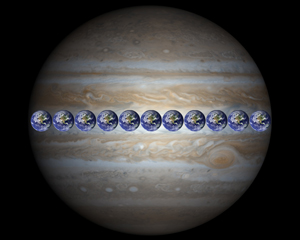
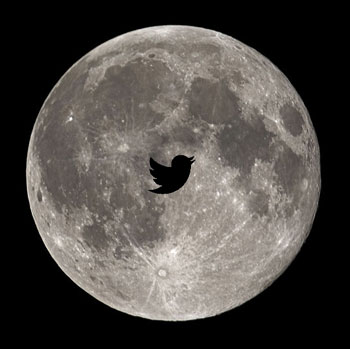
Our Moon Tweets let you know when the Moon is in a Name A Star Live constellation.
Did you know you can use the Moon to identify where your star’s constellation is in the night sky? Follow us on Twitter where we let you know when the Moon appears in a Name A Star constellation (area of the night sky).
Name A Star Live offers some really good tools to learn about the night sky and find your star’s constellation. Visit our website to learn about our Virtual Planetarium software and planisphere constellation finder!
You may see a star disappear behind the Moon the night of December 12/13! Over that night the Moon will pass in front of a very bright star in the Name A Star Live constellation Taurus.
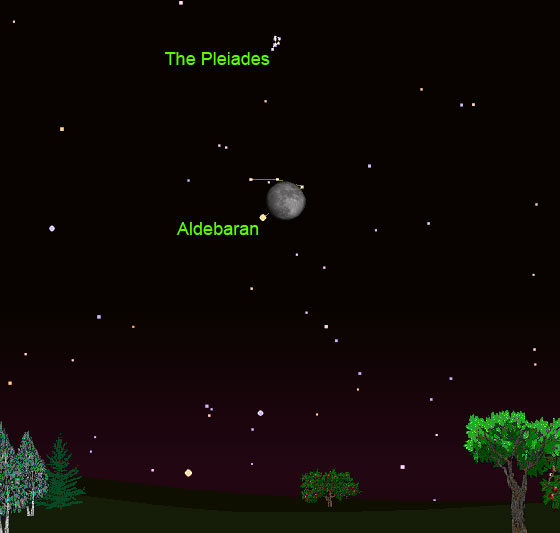
Those of you in the eastern, central and mountain time zones of North America should see the star, called “Aldebaran,” disappear behind the Moon sometime during the first 1-3 hours after sunset. After sunset, look for the Moon over the eastern horizon. Aldebaran will be just to the left of the Moon. Then, over the course of the next few hours, the Moon will move closer and closer until it covers the star. Unfortunately, this celestial show won’t be visible in the Pacific time zone, or in the southern hemisphere.
Those of you in Europe will need to wake up early in the morning to see Aldebaran disappear. Look for the Moon and Aldebaran over your western horizon. If you’re in London, look especially during the 3-4 am time period. If you’re in Berlin, Paris or Rome, look between 4 and 5 am.
Aldebaran is a red giant star that’s called the fiery eye of Taurus the Bull. The name Aldebaran comes from the Arabic and means “The Follower,” because the star appears to follow the Pleiades star cluster throughout the course of any given night. (BTW, people often confuse the Pleiades with the Little Dipper: The Little Dipper is found over the norther horizon.) Aldebaran is the brightest star in Taurus, and is part of a prominent, V-shaped group of stars called the “Hyades.”
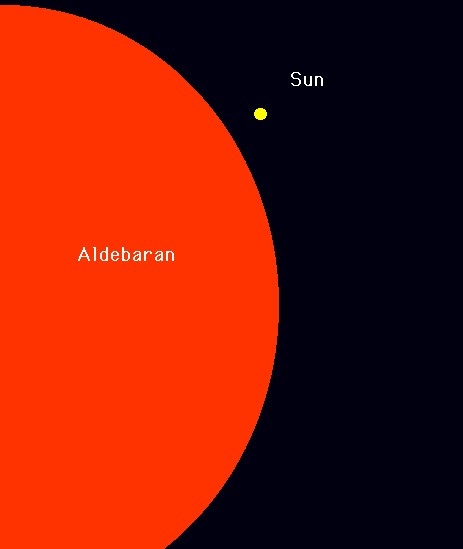
Aldebaran is about 65 light-years away, meaning that the light you see from Aldebaran this month was generated in 1951. That’s how long it took the light to reach us.

Did you know you can use the Moon to identify where your star’s constellation is in the night sky? Follow us on Twitter where we let you know when the Moon appears in a Name A Star constellation (area of the night sky).
Name A Star Live offers some really good tools to learn about the night sky and find your star’s constellation. Visit our website to learn about our Virtual Planetarium software, planisphere constellation finder, and First Light Astronomy Kit!
Did you see the Super Moon this month? It was the largest full Moon we’ve seen since 1948, and we won’t see another one this large until 2034. But in case you missed the Super Moon, here are some really neat images!

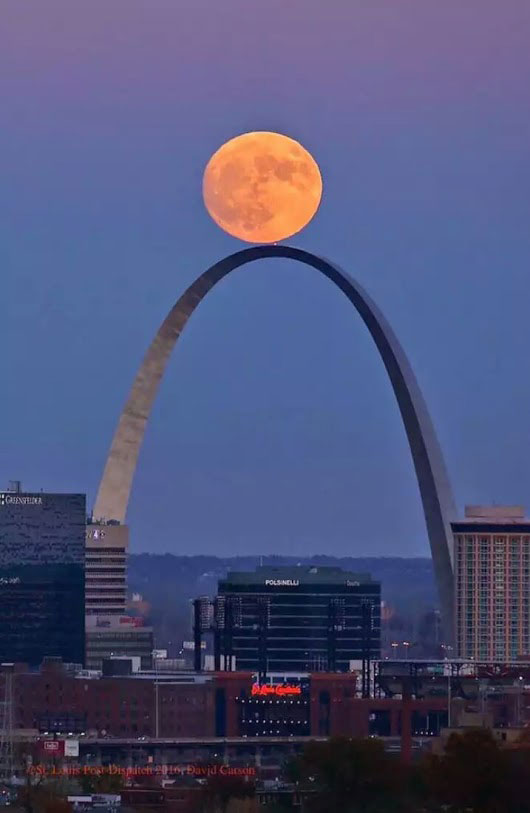
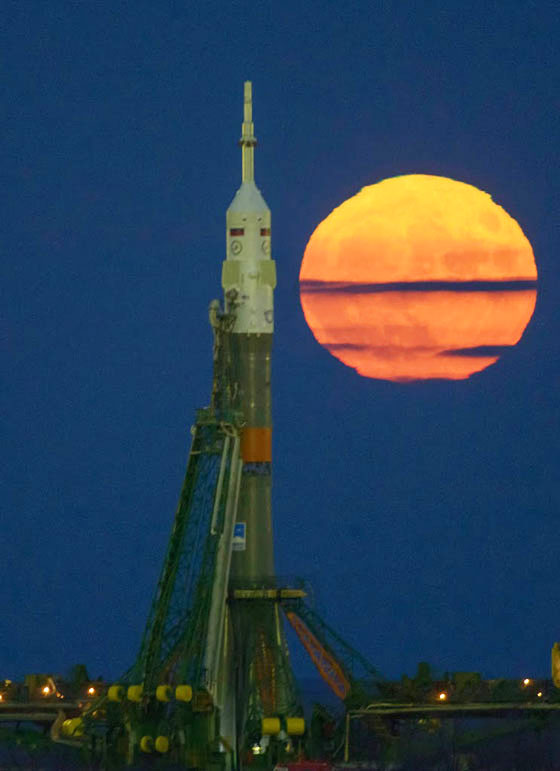
Finally, here is a video showing many images of the Super Moon from around the world!

Did you know you can use the Moon to identify where your star’s constellation is in the night sky? Follow us on Twitter where we let you know when the Moon appears in a Name A Star constellation (area of the night sky).
Name A Star Live offers some really good tools to learn about the night sky and find your star’s constellation. Visit our website to learn about our Virtual Planetarium software, planisphere constellation finder, and First Light Astronomy Kit!
The Moon is a very useful ‘landmark’ in the sky to find planets, prominent stars and other interesting things in the heavens above. You can use the Moon in early November to find the planet Mars.
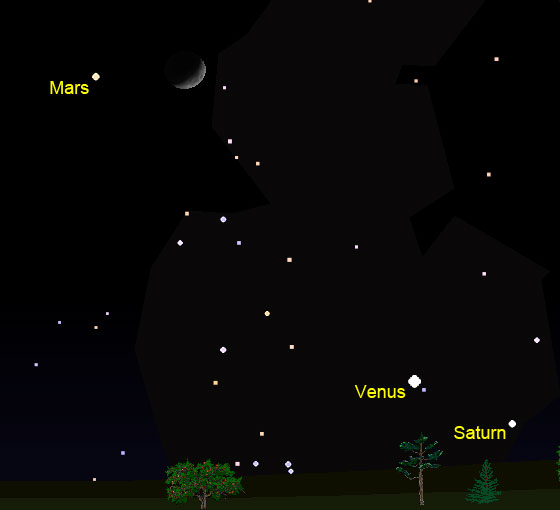
On November 5 look for Mars, which will appear reddish in color, just to the east of the crescent Moon. Both of these celestial objects are in the Name A Star Live constellation Sagittarius this evening. You should also see Venus and Saturn very low on the southwestern horizon.
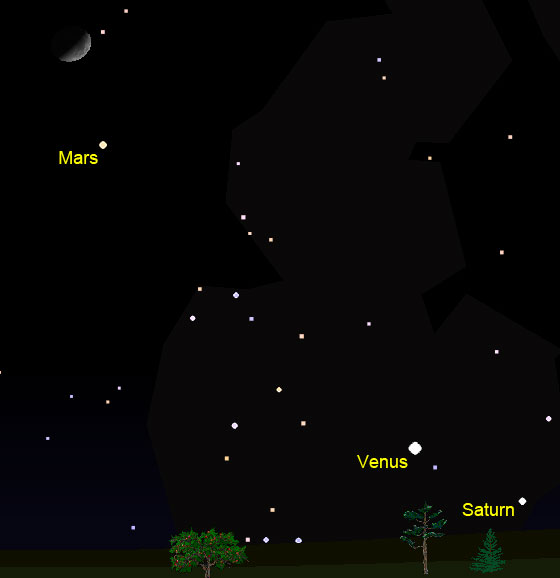
The next night, November 6, the Moon moves into Capricorn to a position above Mars, which remains in Sagittarius.
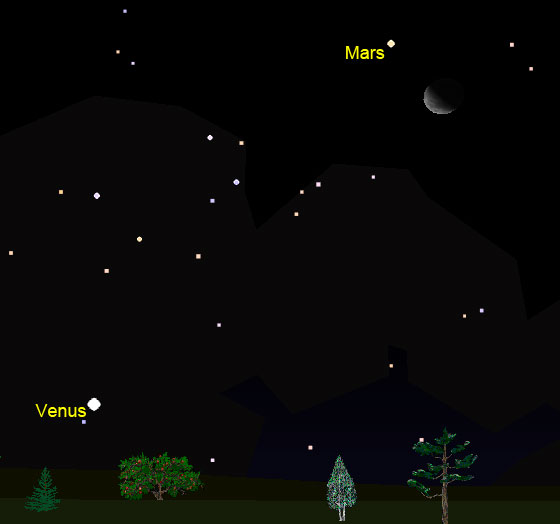
If you’re in the southern hemisphere of Earth, look for the Moon and Mars over your western horizon the evening of November 6. The Moon and Mars will both be in the Name A Star Live constellation Sagittarius as viewed from the southern hemisphere.

Did you know you can use the Moon to identify where your star’s constellation is in the night sky? Follow us on Twitter where we let you know when the Moon appears in a Name A Star constellation (area of the night sky).
Name A Star Live offers some really good tools to learn about the night sky and find your star’s constellation. Visit our website to learn about our Virtual Planetarium software, planisphere constellation finder, and First Light Astronomy Kit!